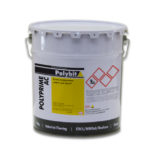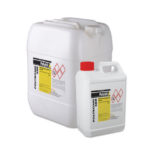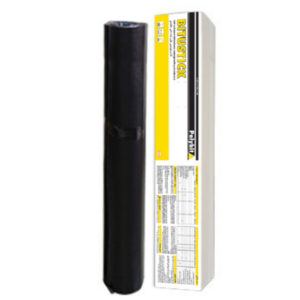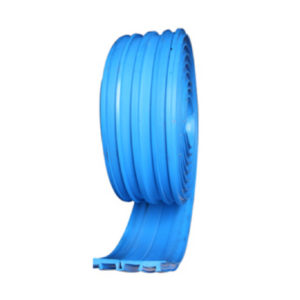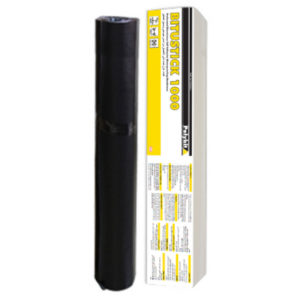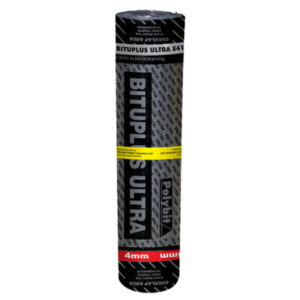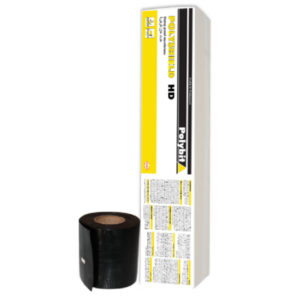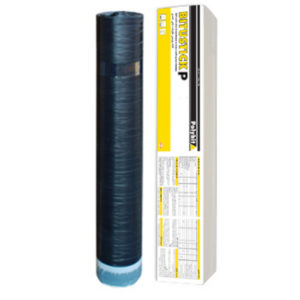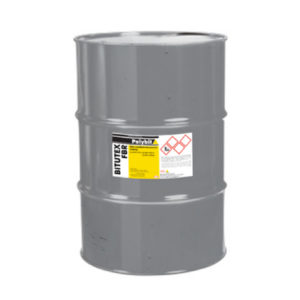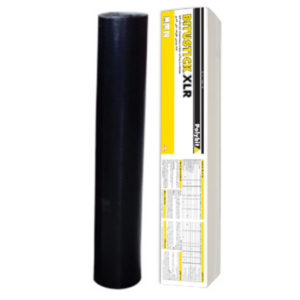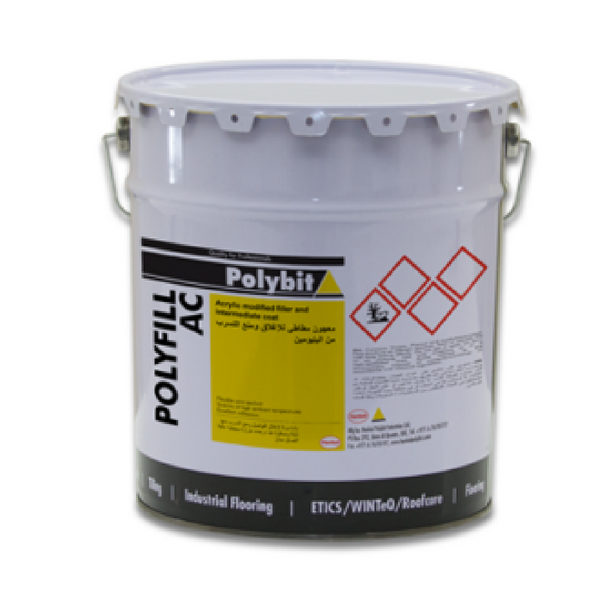
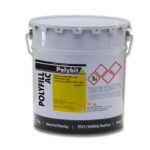
Polyfill AC
Polyfill AC
Acrylic modified filler and intermediate coat
Properties
- Shrinkage compensated and crack resistant
- Excellent adhesion to concrete
- Easy to apply
- Low permeability, resistant to the attacks of chlorides and other mild chemicals
- Requires only on site addition of water
Description
Polyfill AC is a single component acrylic modified filler coat to fill pores, blowholes, minor honeycombs on a concrete surface. this can also be used as a skim coat prior to the application of protective coatings. It is shrinkage compensated crack free material, which can be applied as thin surface coats.
TDS For Polyfill AC
- Step by Step
Surface Preparation
Clean the concrete surface of all contaminants like oil and grease, traces of curing compound and loosely adhering particles. The cleaning can be done by sand / grit blasting, high pressure water jet or mechanical scabbling.
Priming
Saturate the concrete surface with clean potable water prior to the application of the fairing coat. However, ensure that the surface is free of standing water prior to the application of the fairing coat.
Mixing
Stir the contents of the pail throughly before application to remove all sediments
Application
Apply the mixed mortar with a steel trowel evenly on to the concrete surface within its working time. allow the coat to partly set before finally troweling it to achieve a smooth finish. For achieving a very smooth finish, sprinkle water on the surface and smoothen the surface with the steel trowel. The fairing coat shall be finished by striking off with a straight edge and closed with a steel or plastic float. caution: Water can be drawn to surface if “overworking” with the float occurs resulting in an unsightly finish. Damp sponges or plastic floats may be used to achieve a desired surface texture, but care should be take not to overwork the surface.
Curing
Due to the presence of rapid drying polymers in the fairing coat, the applied mortar has to be protected from hot and drying winds. Curing can be done either by the use of a non-degradable type of curing compound or continuous wetting of the surface with water. When cured with wet hessian cloth, the area shall be covered immediately with a high density polyethylene sheet which shall be taped to all the edges which has been repaired.

